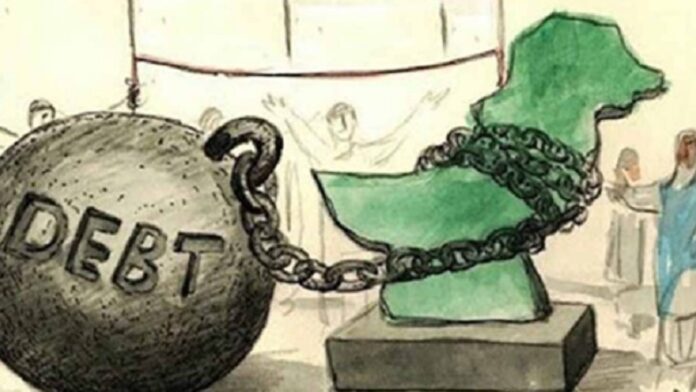To secure additional financial backing, Pakistan has sought a loan of 10 billion yuan (approximately USD 1.4 billion) from China. The move comes as the financially embattled country has already exhausted the entirety of its existing trade facility of 30 billion yuan (about USD 4.3 billion). According to recent media reports, Pakistan’s request highlights its growing dependence on China to sustain its economic stability amid ongoing financial challenges.
Pakistan’s Finance Minister, Muhammad Aurangzeb, formally requested a meeting with China’s Vice Minister of Finance, Liao Min. The discussion occurred on the sidelines of Washington’s annual International Monetary Fund (IMF) and World Bank meetings. Aurangzeb urged China to expand their currency swap agreement limits from 30 billion to 40 billion yuan. A statement from Pakistan’s Finance Ministry confirmed that the appeal was made late on Saturday, underscoring the urgent need for increased financial support.
According to a report, if China approves the request, Pakistan’s trade facility would increase to approximately USD 5.7 billion. Such an expansion would provide Pakistan with crucial financial breathing room as it navigates ongoing fiscal difficulties. However, this is not the first time Pakistan has requested an increase in its debt limit. Previous similar requests were denied by Beijing, indicating China’s cautious stance on extending credit to Pakistan. Nevertheless, this latest request follows China’s recent decision to extend the existing USD 4.3 billion (30 billion yuan) facility for another three years. This move suggests a level of continued support, albeit with limits.
The currency swap agreement between Pakistan and China was formalized during a recent visit by Chinese Premier Li Qiang, who also announced the extension of Pakistan’s debt repayment period until 2027. The extension is viewed as a lifeline for Pakistan, providing additional time to manage its financial obligations amidst a worsening economic landscape. Despite these measures, Pakistan’s need for further financial support illustrates the severity of its fiscal crisis, which is marked by mounting external debt, declining foreign reserves, and ongoing political instability.
Premier Li Qiang’s visit to Pakistan earlier this month was a significant diplomatic event, marking the first visit by a Chinese premier in 11 years—the last being Li Keqiang in May 2013. During his four-day visit, Premier Li held talks with Pakistan’s President Asif Ali Zardari, and both leaders reiterated their commitment to strengthening bilateral ties, particularly in economic cooperation, investment, and regional connectivity. This visit underscored the strategic partnership between the two nations and highlighted the importance of China as a critical economic ally for Pakistan.
A focal point of the discussions between Li and Zardari was the acceleration of projects under the China-Pakistan Economic Corridor (CPEC). CPEC, a flagship initiative under China’s Belt and Road Initiative (BRI), has been pivotal in fostering economic development in Pakistan by creating infrastructure, energy, and trade-related projects. Both leaders emphasized the need to expedite the implementation of CPEC projects to bolster economic growth and regional connectivity and bring long-term financial benefits to Pakistan.
Pakistan’s reliance on China for financial assistance reflects the country’s broader economic challenges. With its foreign exchange reserves dwindling and its currency under pressure, Islamabad increasingly turns to Beijing for monetary support. The currency swap arrangement—an agreement that allows both countries to exchange payments in each other’s currencies—has been an essential mechanism for stabilizing trade and managing debt payments without putting additional pressure on Pakistan’s US dollar reserves.
However, experts have pointed out that while such financial arrangements offer short-term relief, they do not address Pakistan’s structural economic problems. The country struggles with a large fiscal deficit, a growing trade imbalance, and significant foreign debt obligations. Despite international financial aid and bilateral support from allies like China, Pakistan’s economic recovery remains uncertain, particularly in the absence of meaningful economic reforms that could improve its long-term financial health

